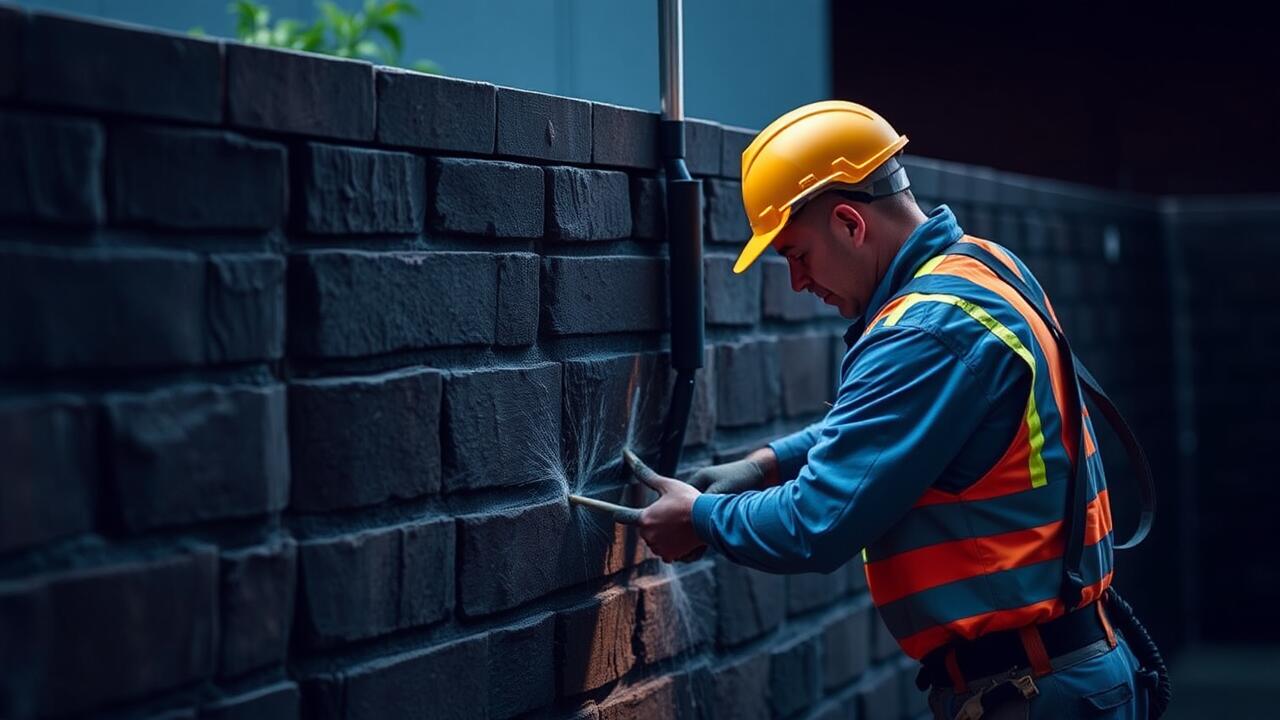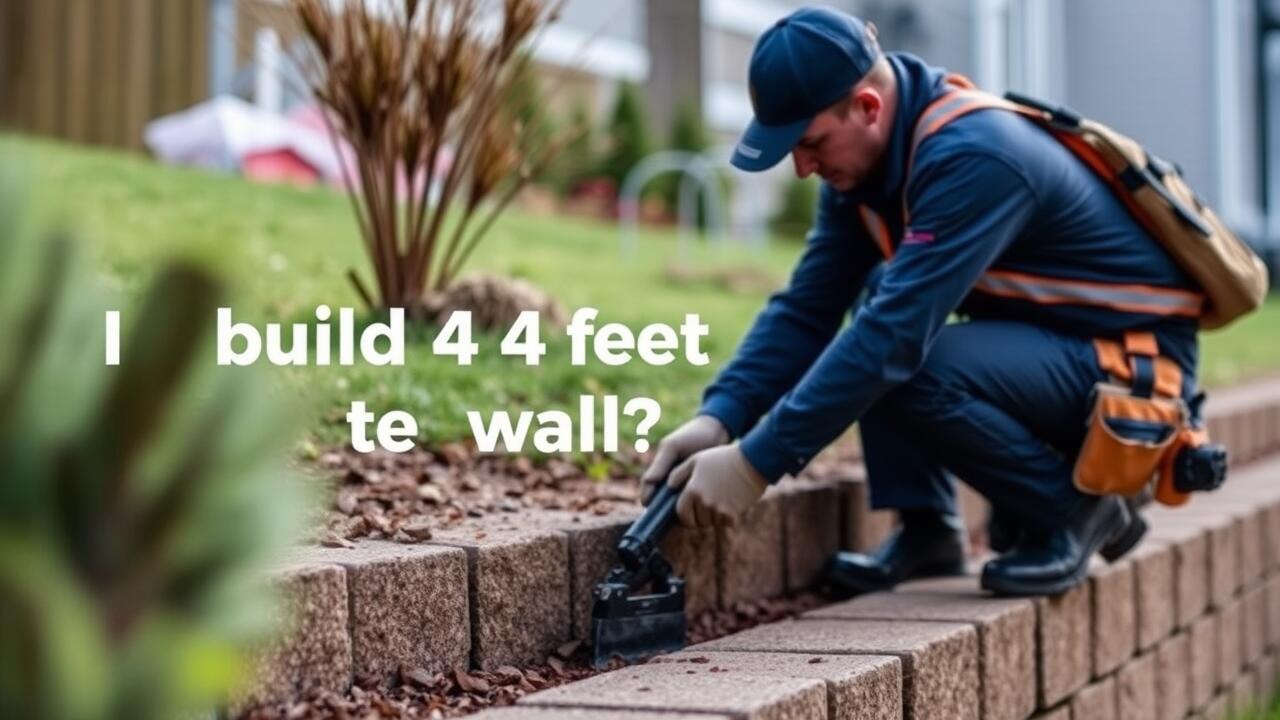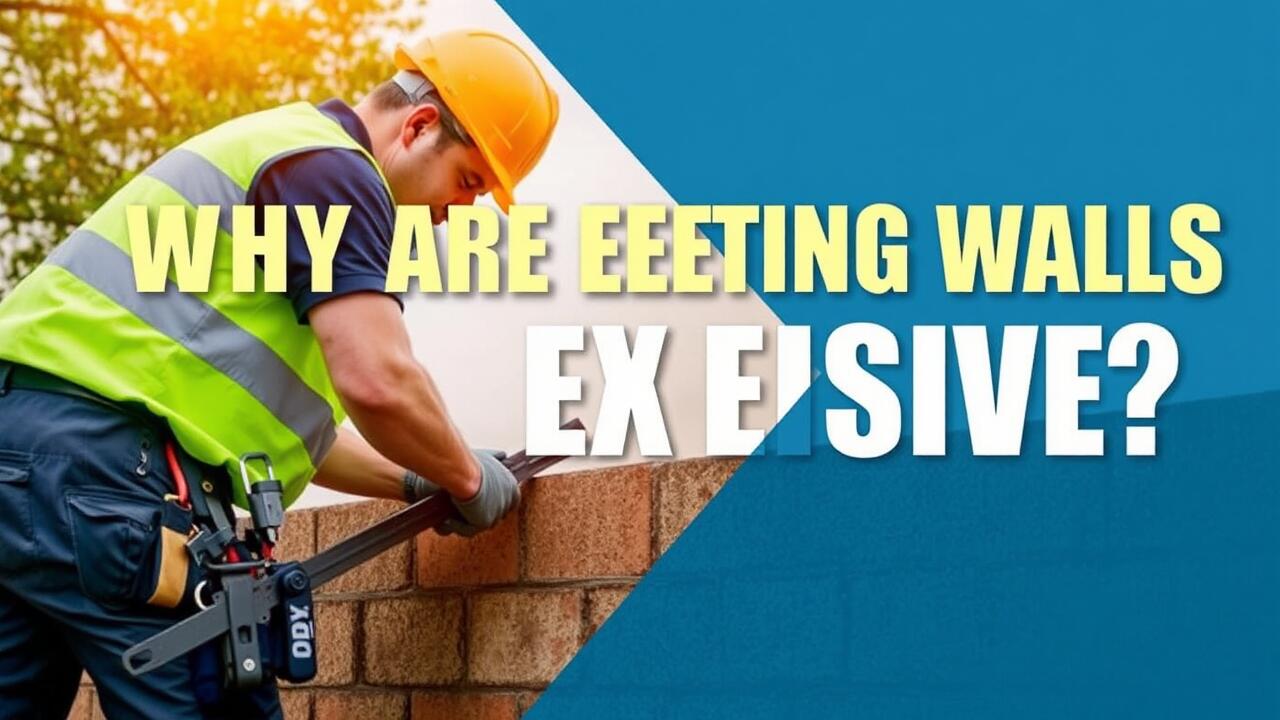
Stone Retaining Walls
Stone retaining walls offer a classic and timeless look that adds significant aesthetic appeal to any landscape. These walls are often made from various types of natural stone, promoting a rugged beauty that blends seamlessly with outdoor environments. The installation process can be labor-intensive, relying on skilled craftsmanship to ensure stability and durability. Buyers might find the initial costs higher compared to other materials, yet the value added to the property can often justify this expenditure.
Retaining Wall Installation using stone also provides excellent long-term durability, making it suitable for those planning to use the wall for years. While the upfront investment can be steep, particularly with high-quality materials, the longevity of stone structures tends to offset those initial costs. Homeowners appreciate that stone walls require less upkeep over time compared to other options, ultimately offering a practical solution for soil erosion and landscape management.
Aesthetic Appeal vs. Expenses
Aesthetic appeal plays a significant role in the decision-making process for many homeowners considering a retaining wall installation. Stone walls, for example, offer a natural look that enhances landscaping effectively. Their unique textures and colors can create an inviting atmosphere and increase property value. However, this visual charm comes with a higher upfront cost, especially when using high-quality materials that may be more labor-intensive to install.
On the other hand, brick retaining walls present a classic appearance but also demand a careful budget consideration. While they can be more affordable than stone options, the long-term maintenance costs can add up. Homeowners should weigh the beauty and durability of materials against their financial commitment. Opting for less expensive designs may save initial costs, yet it’s essential to consider whether those choices will still meet aesthetic desires in the years to come.
Brick Retaining Walls
Brick retaining walls offer a blend of durability and timeless aesthetic appeal. Constructed with fired clay bricks, they resist weathering effectively and can last many years with minimal maintenance. The versatility in design allows for various patterns and colors, enhancing the visual aspect of any landscape. This can elevate the overall value of a property, making brick a popular choice for homeowners looking to combine function and style.
When considering the financial aspect, brick retaining wall installation may require a higher initial investment than other materials like timber or concrete blocks. However, this cost can be viewed as a long-term investment. The longevity and low maintenance requirements can offset potential costs over time. Factors such as local availability of brick and labor expenses will also influence the overall cost, so it's important to evaluate these elements when planning your project.
Long-Term Investment Analysis
When considering the long-term investment in a brick retaining wall, one must account for durability and maintenance costs. Brick offers a classic aesthetic that often enhances property value. Its resistance to weather-related wear can lead to fewer repairs over time. This longevity typically makes the initial higher expense worthwhile for homeowners planning to stay long-term.
Retaining wall installation also requires careful planning to ensure optimal drainage and stability. While upfront costs may be significant, the potential for increased home value and reduced maintenance expenses positions brick walls as a practical investment. As they age, well-constructed brick walls can blend seamlessly with the landscape, adding timeless elegance that benefits both functionality and appearance.
Vegetative Walls
Vegetative walls, often referred to as green walls, integrate living plants into their structure. They can be an environmentally friendly alternative to traditional retaining walls, promoting biodiversity while offering natural insulation benefits. These walls not only help manage rainfall and reduce erosion but can also contribute to urban aesthetics. When considering retaining wall installation, the choice for a vegetative design should balance the upfront costs of plants and materials with long-term maintenance.
The installation process for vegetative walls typically involves a well-planned framework to support both the soil and plant life. While they may not be the cheapest option initially, these walls can represent significant savings in terms of maintenance and water management over time. The potential for reduced heating and cooling costs in adjacent structures adds to their appeal as a sustainable investment in both residential and commercial settings.
Environmental Benefits and Costs
Vegetative walls, often referred to as green walls, offer both aesthetic appeal and practical advantages, providing a natural solution for soil retention. They integrate plant life into the structure, improving air quality and offering insulation benefits. Through the use of native plants, these walls can thrive with minimal maintenance while enhancing biodiversity. This approach not only addresses erosion control but also contributes positively to the surrounding environment.
While the initial investment for vegetative wall systems may seem higher due to plant selection and design, the long-term advantages can offset these costs. The cost of retaining wall installation is influenced by various factors, including plant selection and soil requirements. Over time, the natural properties of vegetation can lead to reduced water runoff and less soil erosion, which can save on future maintenance and repair expenses.
FAQS
What is the cheapest type of retaining wall to build?
Generally, wooden and concrete block retaining walls are among the cheapest options to build, with costs varying based on material availability and local labor rates.
Are stone retaining walls more expensive than other types?
Yes, stone retaining walls often involve higher costs due to material and labor requirements. However, they offer significant aesthetic appeal and durability.
What are the long-term benefits of investing in brick retaining walls?
Brick retaining walls can be more expensive upfront, but they provide longevity, lower maintenance costs, and enhanced property value over time, making them a worthwhile long-term investment.
Do vegetative walls require more maintenance than traditional retaining walls?
Vegetative walls can require more maintenance due to the need for plant care and irrigation, but they also provide environmental benefits and can help with drainage issues.
How can I choose the best retaining wall for my budget?
Consider factors such as material costs, labor expenses, long-term maintenance, and aesthetic preferences. Evaluating these elements will help you choose a retaining wall that fits your budget and needs.




